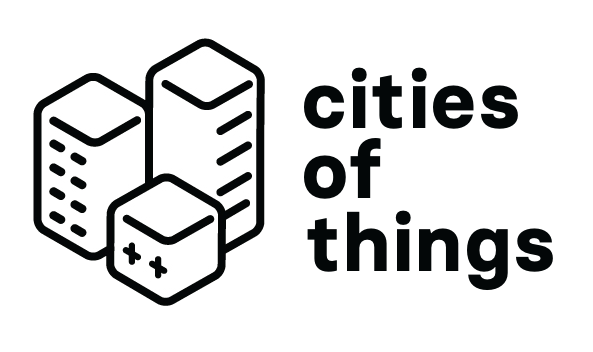This article is also available as PDF.
Introduction
With the rise of the Internet of Things and the shift from single products to decentralized systems, the functional working of artifacts will be defined for a great part in the digital layer. With the addition of Artificial Intelligence and Machine Learning capabilities, predictive relations are added to the mechanics of designing connected products, with implications for the agency users have in an algorithmic society.
The potential impact on the design space is explored through a design case of an intelligent object becoming a networked object with added predictive knowledge. This chapter introduces what will be the change that predictions will make to the relation of users and contemporary things[1] on a conceptual level and proposes an approach to how to translate this to new activities in designing networked objects.

